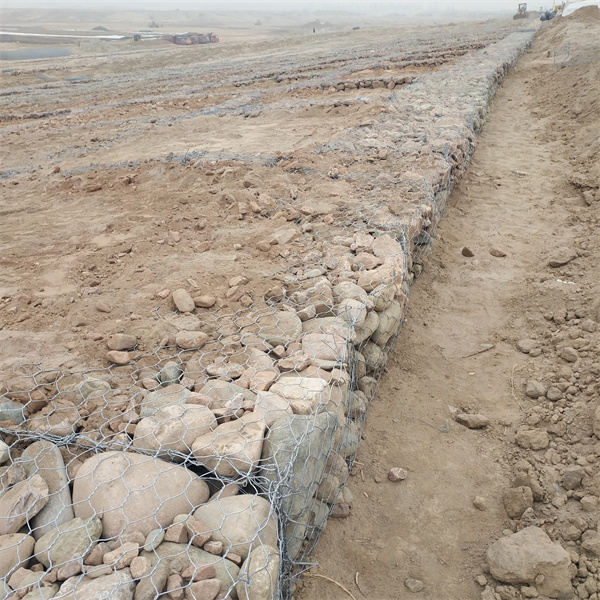ઓગસ્ટ . 18, 2024 00:31 Back to list
Innovative Design for China's Durable Freestanding Gabion Wall Solutions for Landscaping and Erosion Control
The Benefits of Free Standing Gabion Walls in China
In recent years, the demand for innovative and sustainable construction methods has surged in China, leading to the increased popularity of free standing gabion walls. These structures, composed of wire mesh cages filled with rocks or other materials, offer numerous advantages in various applications, including landscaping, erosion control, and architecture.
What are Gabion Walls?
Gabion walls are wire mesh containers filled with stones or other materials, creating a robust and durable structure. The term gabion originates from the Italian word gabbione, meaning big cage. The simplicity of their design and construction makes gabion walls an attractive option for many builders and landscape architects. Free standing gabion walls do not require a foundation and can be used effectively in a variety of terrains and environments.
Erosion Control and Soil Stability
One of the primary advantages of gabion walls is their effectiveness in controlling erosion and enhancing soil stability. In regions of China where heavy rains and flooding can undermine slopes and riverbanks, gabion walls provide a reliable solution. Their porous design allows water to flow through while preventing soil from washing away. By utilizing gabion walls in such areas, communities can protect their property and infrastructure from potential damage.
Environmental Sustainability
As environmental concerns continue to escalate, the need for sustainable construction practices becomes increasingly critical. Gabion walls are an eco-friendly option, as they often use locally sourced materials, reducing transportation emissions. Moreover, the natural stones used in gabion walls can blend seamlessly with the surrounding landscape, promoting environmental harmony. Over time, these structures can also support vegetation growth, further enhancing local biodiversity.
china free standing gabion wall

Aesthetic Versatility
Beyond their practical applications, free standing gabion walls can be architecturally striking. They offer designers flexibility in terms of size, shape, and materials, allowing for creative expressions that can complement various architectural styles. In urban settings, gabion walls can be used to create eye-catching features in parks, gardens, and public spaces. Their rough texture and natural appearance can contrast beautifully with modern materials, creating a unique visual dialogue.
Cost-Effectiveness
In comparison to traditional retaining walls, gabion walls can be more cost-effective to construct. The materials used are often less expensive, and the installation process requires less labor, particularly since no concrete foundation is needed. This affordability makes gabion walls an appealing choice for both residential and commercial projects, especially in cost-sensitive regions.
Construction and Maintenance
Constructing a free standing gabion wall is relatively straightforward, requiring basic materials and tools. The process involves arranging the wire mesh cages, filling them with stones, and securing the structure. Once established, gabion walls require minimal maintenance, only needing occasional inspections to ensure the integrity of the wire mesh and the stability of the stones within.
Conclusion
In conclusion, free standing gabion walls present a multitude of benefits, making them an ideal construction choice in China. Their versatility in design, effectiveness in erosion control, environmental friendliness, and cost efficiency contribute to their growing popularity across various sectors. As more builders and landscape architects recognize the advantages of gabion walls, it is likely that these structures will play an increasingly significant role in the sustainable development of China's infrastructure and natural landscapes.
-
Why PVC Coated Gabion Mattress Is the Best Solution for Long-Term Erosion Control
NewsMay.23,2025
-
Gabion Wire Mesh: The Reinforced Solution for Modern Construction and Landscape Design
NewsMay.23,2025
-
Gabion Wall: The Flexible, Seismic-Resistant Solution for Modern Landscaping and Construction
NewsMay.23,2025
-
Gabion Wall Solutions: The Durable, Decorative, and Affordable Choice for Every Landscape
NewsMay.23,2025
-
Gabion Basket: The Durable and Flexible Alternative to Traditional Retaining Walls
NewsMay.23,2025
-
Gabion Basket: The Proven Solution for Slope Stability and Flood Control
NewsMay.23,2025
-
Versatility of Chain Link Fence Gabion
NewsMay.13,2025






